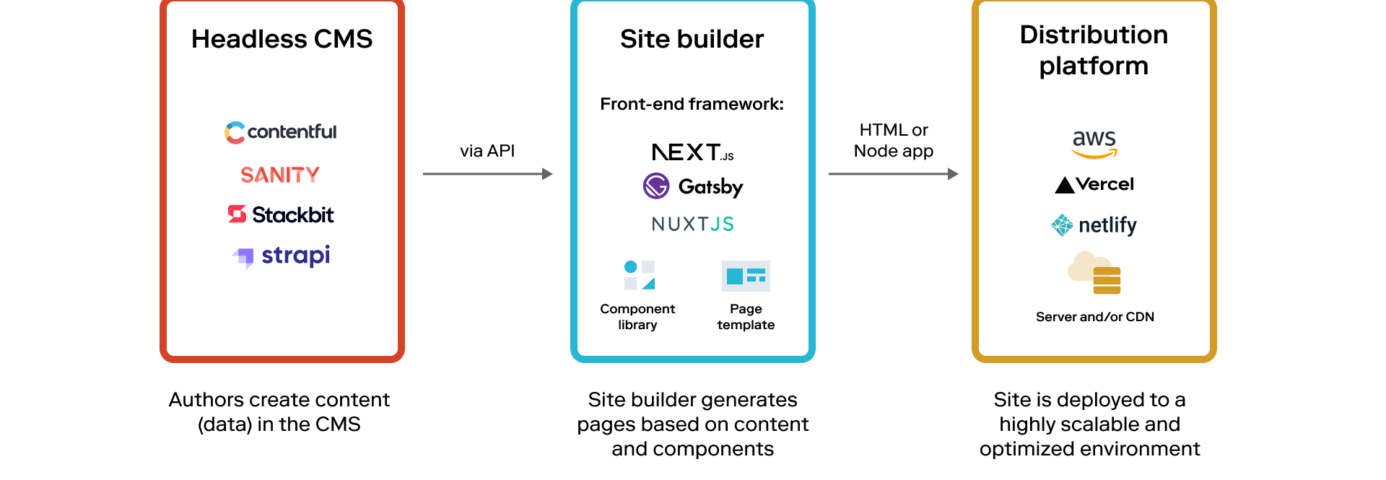
Headless CMS technologies are revolutionizing how content is managed and localized today. For language professionals and students of translation and localization, embracing this paradigm shift is not just about learning new tools—it’s about rethinking workflows to align with the demands of a global, omnichannel digital landscape. By mastering the integration of headless CMS and localization tools, language specialists can deliver content that’s not only translated but also resonates with audiences worldwide.
A traditional CMS, such as WordPress or Joomla, is often monolithic, meaning it combines the backend (where content is created and stored) with the frontend (how content is displayed to users). While this integrated system is straightforward, it comes with limitations, particularly when delivering content to multiple platforms like mobile apps, websites, and smart devices.
Enter the headless CMS. As the name suggests, it’s “headless” because it decouples the backend from the frontend. Content is stored in a central repository and delivered to any frontend interface through APIs (Application Programming Interfaces). Platforms like Contentful, Strapi, Sanity, Storyblok, and Prismic lead the charge in this domain.
For example, with a headless CMS, a single piece of content can seamlessly appear on a website, a mobile app, or even an IoT device—all tailored to the user’s language and preferences.
Localization within a headless CMS revolves around API-first workflows and integration with advanced translation technologies. Here’s how it works:
For localization professionals, headless CMS represents a shift from static, page-based translations to dynamic, component-based workflows. Here’s what makes it exciting:
• Flexible Content Structures: Instead of translating entire pages, you’ll often work with modular content—think headlines, buttons, and product descriptions—designed to adapt across platforms.
• API Literacy: Understanding how APIs function is increasingly important. APIs power the extraction and delivery of content, enabling smooth collaboration between developers and linguists.
• Focus on Omnichannel Localization: The ability to deliver consistent and culturally nuanced content across channels is a significant advantage in today’s market.
• Tools to Know: Familiarize yourself with localization tools and connectors compatible with headless CMS, such as Phrase, Lokalise, and XTM Cloud. These tools streamline workflows and enhance translation quality.
So, are you ready to dive into the world of headless CMS and transform the way you approach multilingual content? Let’s lead the way in shaping the future of localization.
At Nova Localization Services, we specialize in helping businesses unlock the full potential of their headless CMS platforms. Our expert team ensures your content is not only accurately translated but also culturally adapted to engage global audiences effectively. By leveraging cutting-edge localization technologies and seamless API integrations, we streamline your multilingual content workflows, saving you time and resources.
Whether you’re managing a content-rich website, a mobile app, or an omnichannel campaign, Nova Localization Services provides the expertise you need to deliver consistent, high-quality content across all platforms. Partner with us to elevate your localization strategy and make your global communication truly impactful!